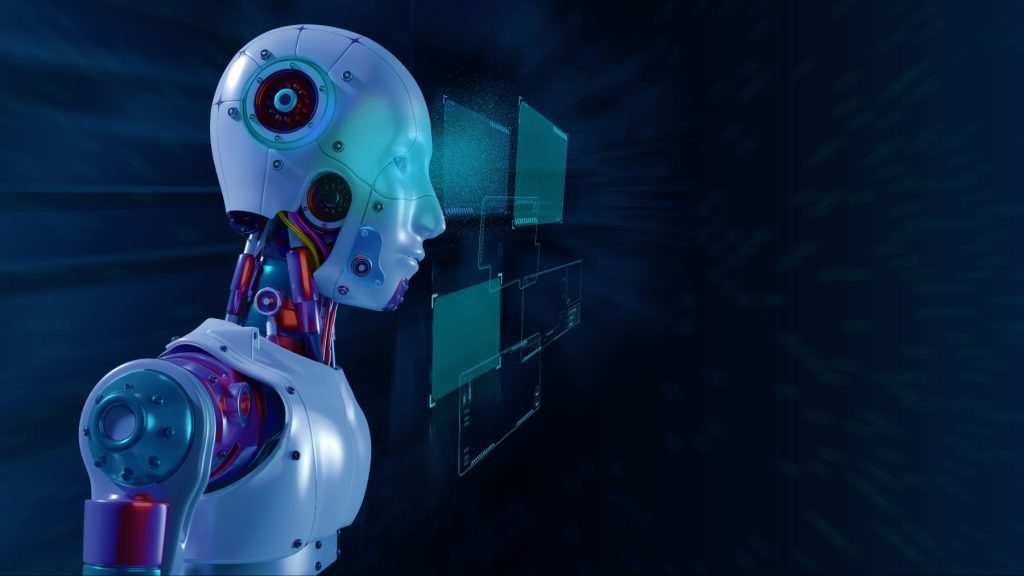
Google’s DeepMind robotics team has introduced the AutoRT system alongside a “Robot Constitution,” ushering in a new age of smart robots.
- The AutoRT system gathers data using a Visual Language Model and a Large Language Model.
- All of these advancements enable robots to understand and adapt to their surroundings, making informed decisions.
Google’s DeepMind robotics team has introduced a series of advancements, including a system named AutoRT and a “Robot Constitution.”
AutoRT is a data gathering system that deploys a Visual Language Model (VLM) and Large Language Model (LLM) simultaneously, so the robot understands its surroundings. This combination would allow it to adapt to unfamiliar settings and make appropriate decisions.
And if that’s not enough for your Terminator-loving heart, they also wrote a “Robot Constitution.” It’s a set of safety-focused prompts instructing the LLM to avoid tasks involving humans, animals, sharp objects, and electrical appliances. The robot will stop automatically if joint stress exceeds a predefined threshold.
This “Constitution” categorizes tasks into foundational, safety, and embodiment rules.
- Foundational Rules emphasize human safety and robot self-preservation (Think, Asimov’s Three Laws of Robotics).
- Safety Rules restrict robots from tasks involving humans, animals, sharp objects, and electrical devices.
- Embodiment Rules define the robot’s physical limitations.
So, if you ask it to get you a glass of water, your chihuahua won’t disappear. If all fails, and you hear distant yapping, human operators have a physical kill switch.
Other than that, they also worked on the Self-Adaptive Robust Attention for Robotics Transformers (SARA-RT) which refines robotic Transformer models and enhances their efficiency and speed. As for RT-Trajectory, it introduces 2D outlines to aid robots in better understanding and executing specific physical tasks.
To test all of this, the DeepMind team deployed a fleet of 53 AutoRT robots in various office settings, conducting over 77,000 trials. Some robots were remotely controlled by human operators, while others operated autonomously or followed predefined scripts. These robots had basic functionalities, including cameras, robotic arms, and mobile bases. They managed to perform diverse tasks guided by the AutoRT system.
Despite being in its preliminary stage still, AutoRT is very promising. if every office is to be equipped with a functioning fleet, it’ll free the human employees from the mundane.
Proper implementation of robots in our lives will lead to harmony. It will free us to be human. To spend more than however long it takes to make a coffee actually interacting with the people around us.
I don’t know what to do with this DeepMind news either but for the love of everything good in this world, don’t let our existence end with an error 404.
Inside Telecom provides you with an extensive list of content covering all aspects of the tech industry. Keep an eye on our Tech sections to stay informed and up-to-date with our daily articles.